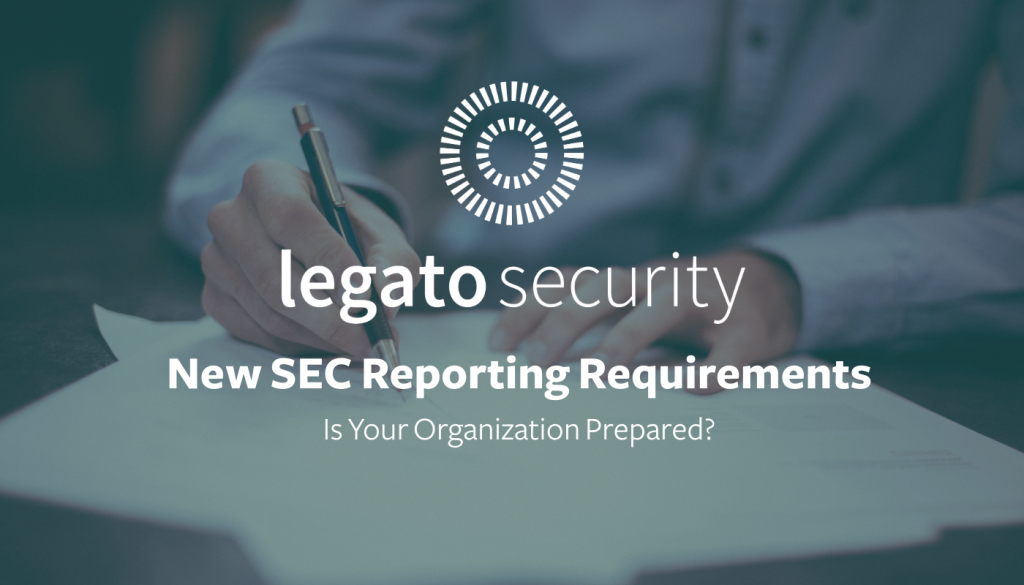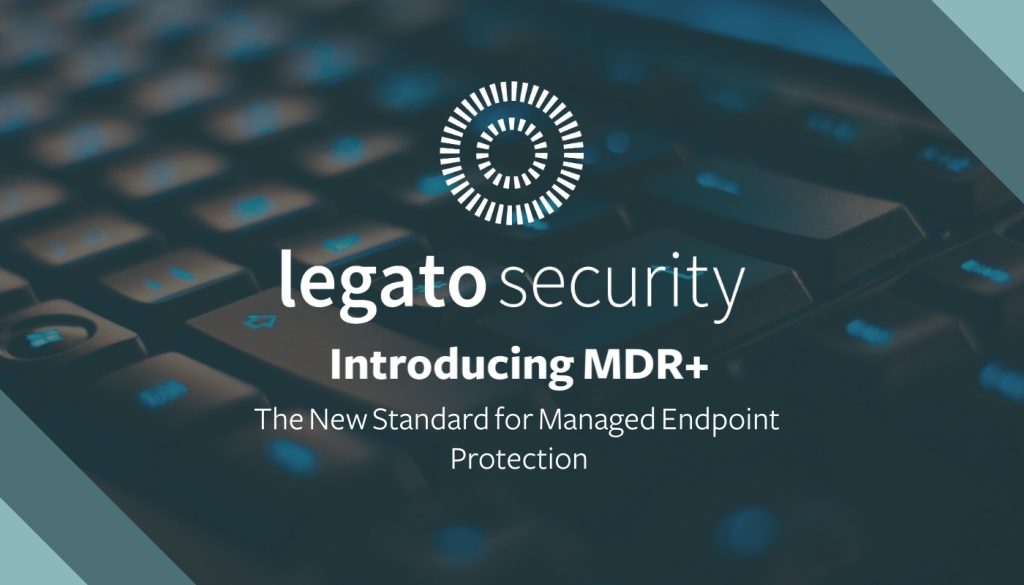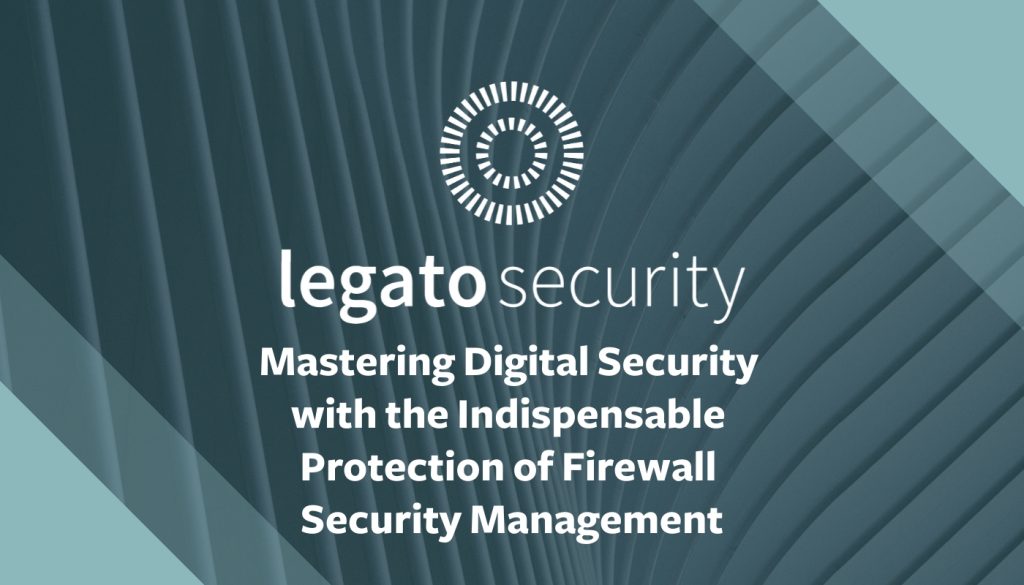Understanding Threat Hunting and its Importance
In today’s interconnected, digitally transformed world, companies must remain ever-vigilant against the continuous wave of cyber threats. Gone are the days when traditional security measures were sufficient to ward off attacks. The landscape is far more complex and relentless now, demanding proactive steps. Enter threat hunting, a proactive and iterative approach to detecting and isolating threats that have evaded traditional security defenses.
Unlike traditional security measures that rely on automated alerts, threat hunting involves human-led, hypothesis-driven investigations. It’s about being proactive and predictive, searching for potential threats rather than waiting for them to trigger an alert. Threat Hunting services, like the one offered by Legato Security exemplify this evolved approach to cybersecurity.
Threat hunting’s importance cannot be overstated in this new era of cyber warfare. With an increase in advanced persistent threats (APTs) and zero-day attacks, organizations need a more dynamic, pre-emptive strategy. By employing threat hunting, organizations are empowered to create a protective ring that identifies threats before they become catastrophic, essentially outmaneuvering potential attackers.
Threat Hunting Service Capabilities
So, what distinguishes a top-tier service such as Threat Hunting from Legato Security? Let’s delve into the key capabilities that set threat hunting services apart from traditional security measures.
Firstly, threat hunting encompasses a comprehensive analysis of historical and real-time data across a client’s IT environment. The service utilizes sophisticated AI and machine learning techniques to detect anomalous behavior that might indicate a security breach. Advanced analytics enable quicker threat detection, reducing the potential damage caused by intrusions.
Secondly, an advanced threat hunting services takes a highly collaborative approach. It involves engaging with multiple organizational teams, including IT, security, management, and even third-party vendors, ensuring a comprehensive detection strategy. By fostering such synergic relationships, threat hunters can use the vast array of expertise and resources to identify hidden threats and devise effective countermeasures.
Lastly, threat hunting services provide detailed incident response plans. Should a threat be identified, these services not only isolate the threat but also recommend specific remediation actions to prevent future attacks of a similar nature. This level of strategic planning and preparation allows organizations to remain resilient amidst and evolving threat landscape.
Achieving Positive Business Outcomes
But what does this all translate to in terms of tangible business outcomes?
Investing in threat hunting services can significantly mitigate the potential fallout from cyberattacks. By detecting threats early, you can drastically cut down the time of exposure, reducing both operational disruptions and costs associated with recovery. The result? Lowered business risks and improved system uptime.
Beyond the direct financial impact, threat hunting enhances your reputation for stringent security. In an era where data breaches can irreparably damage customer trust and brand image, a robust defense mechanism like threat hunting signals a strong commitment to data security. Thus, it can help retain existing customers and attract new ones, further contributing to your business’s growth and longevity.
The Final Word on Threat Hunting
To sum it up, threat hunting has emerged as an indispensable part of modern cybersecurity strategies. Businesses no longer have the luxury of waiting for threats to reveal themselves. In this cat-and-mouse game, it is always beneficial to be a step ahead. Services such as the Threat Hunting service from Legato Security embody this forward-thinking approach, combining advanced technology and human expertise to proactively hunt down and mitigate potential threats.
In the grand scheme of things, threat hunting is not just a security measure, but a strategic move towards robust business resilience. As we move further into the digital age, the question isn’t whether your business should adopt threat hunting services, but rather, how quickly you can incorporate them to stay ahead of the cybersecurity curve.





